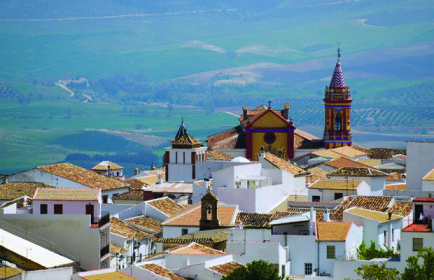
While some parts of Spain struggle to attract buyers, many corners of the country – including the Costa del Sol – are enduringly popular.
Almost half of the unsold properties built in Spain during the pre-2008 crash have now been sold, according to data from Caixa Bank Group.
The analysis, which looked at Spain’s bulk of homes long considered unsaleable due to either a poor location, absent infrastructure or simply weak demand, revealed that since the 2009 peak of 650,000 such properties, Spain ended 2016 with 388,000 of these properties up for sale…
This represented a 20% fall in the space of a single year, with 2017 expected to post similar results – Caixa expects the amount of unsaleable homes to fall to below 315,000 by the end of the year.
In some regions, such as the Costa del Sol and Costa Blanca, barely any such properties remain, while the highest number of difficult to sell properties are to be found in La Rioja, Castille-La Mancha and Valencia, ie, areas that tend to be inland and not so in demand.
By contrast, the problem is near-enough non-existent in the Balearics and Canaries, the study found – a combination of enduring popularity and tight building controls exerted on these island regions.
Additional analysis by the bank also forecast a 12% increase in property transactions in 2017, up from the 450,000 registered home sales in 2016.
Further, Caixa expects average property prices to increase by a further 4.3% in 2017. The number of overseas buyers will again rise, but will be less dominated by British buyers; instead, there will be a more even spread between British, French, Scandinavian and German buyers.
Chinese, Russian and American investor numbers are also forecast to grow, largely in the Costa del Sol and Barcelona regions.
 en
en



 Vlaams-Nederlands
Vlaams-Nederlands
0 Comments
Leave a Comment
DISCLAIMER
The opinions and comments expressed by contributors to this Blog are theirs alone and do not necessarily reflect the views of VIVA Homes Under the Sun Ltd, any of its associated companies, or employees; nor is VIVA to be held responsible or accountable for the accuracy of any of the information supplied.
Have you got something to say?